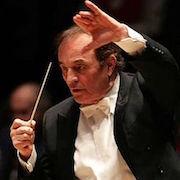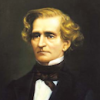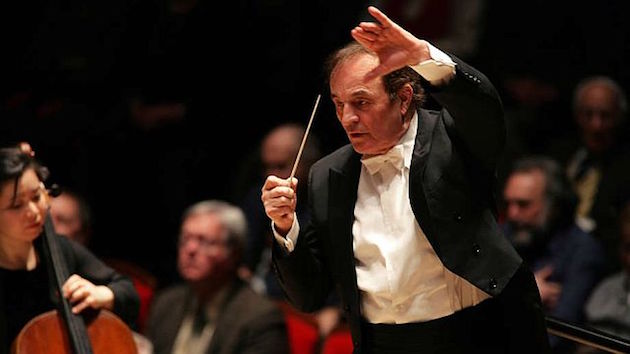
Among earthshaking, heaven-storming, big works, Hector Berlioz’s Requiem has a special place. It has more insistent, climactic explosions than Beethoven’s Ninth, the Prologue of Boito’s Mefistofele, and even another famous Requiem, by Verdi.
When Charles Dutoit conducts the San Francisco Symphony in three performances, May 4-6, Berlioz fans (fanatics all) will experience once again the gorgeous paroxysms of one of music's mightiest outreaches to the heavens.
Berlioz scored his Requiem for some 400 singers and instrumentalists onstage and in four, offstage brass bands. Those requirements have been met locally in the past, including memorable events in Davies Hall by the Redwood Symphony, with the participation of singers from the East Coast and 35 Bay Area choirs.
SFS Choral Director Ragnar Bohlin says there will be 130 Symphony Chorus singers in the upcoming concerts, adding another 70 singers, for the Lacrymosa and Tuba Mirum, from Susan McManes’ Young Women’s Choral Project and Joseph Piazza’s Golden Gate Men’s Chorus.
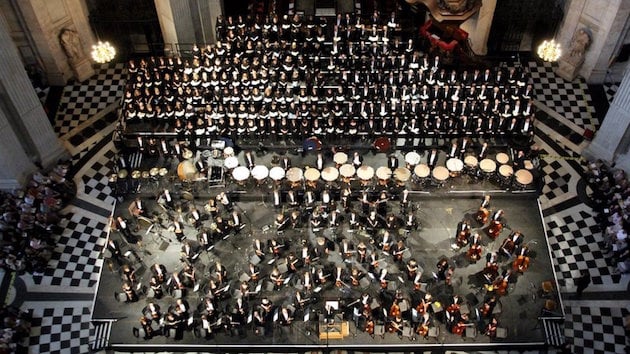
Bohlin calls those two movements “extremely bombastic,” surely in the sense of “big,” not “turgid.” Bohlin adds, “The sheer sonic impression will be overwhelming. Berlioz’s unique melodic and harmonic style shines through very clearly throughout this work, and mapping out this very personal musical landscape is a thrilling challenge for all involved.”
Berlioz himself defined the importance of the Requiem: “If I were threatened with the destruction of all my works but one, I should beg mercy for the Requiem.” At the 1837 premiere, in the Church of Les Invalides, before all the princes, peers, and deputies, the French press, the correspondents of foreign papers, and an immense crowd Berlioz “sprang forward when Habeneck, the conductor, put his baton down between the Dies irae and the Tuba mirum [where the score does not indicate a pause] to take a pinch from his snuff-box, and the composer stretched out his arm and marked the four great beats of the new movement,” and conducted the rest of the performance “to the effect which I had dreamed of was produced.”
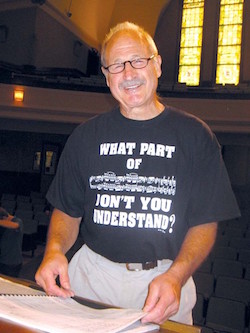
A key figure for the San Francisco performances is Adrian Horn, founder of the S.F. Choral Society. It is Horn’s independently published edition (2012) that is being used, which corrects Berlioz’s “mistake” – he left altos out of the orchestration. Horn pulls notes from the score’s second soprano and first tenor parts to construct a new, independent part for altos. This makes the score much easier to perform.
Along with some other French composers of the period, Horn says, Berlioz eschewed the alto voice.
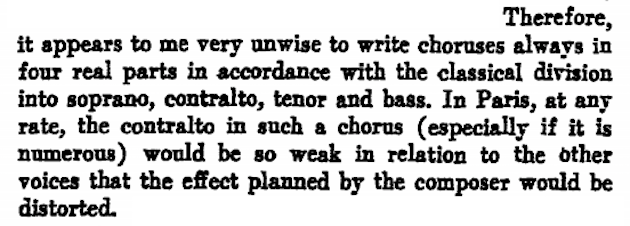
Why? Horn says Berlioz’s disdain was specifically for French altos, “exacerbated by the alto, the subject of Lélio, who dumped him.” That romantic conspiratorial view is backed up by historical records testifying to both Symphonie fantastique and its sequel, Lélio having been inspired by the composer’s unhappy love affairs, the symphony by Harriet Smithson, Lélio by Marie Moke, who had broken off her engagement to Berlioz in order to marry Camille Pleyel, prompting the composer to contemplate suicide. Berlioz did not hide his dislike for French altos, writing about it in his book on orchestration.

